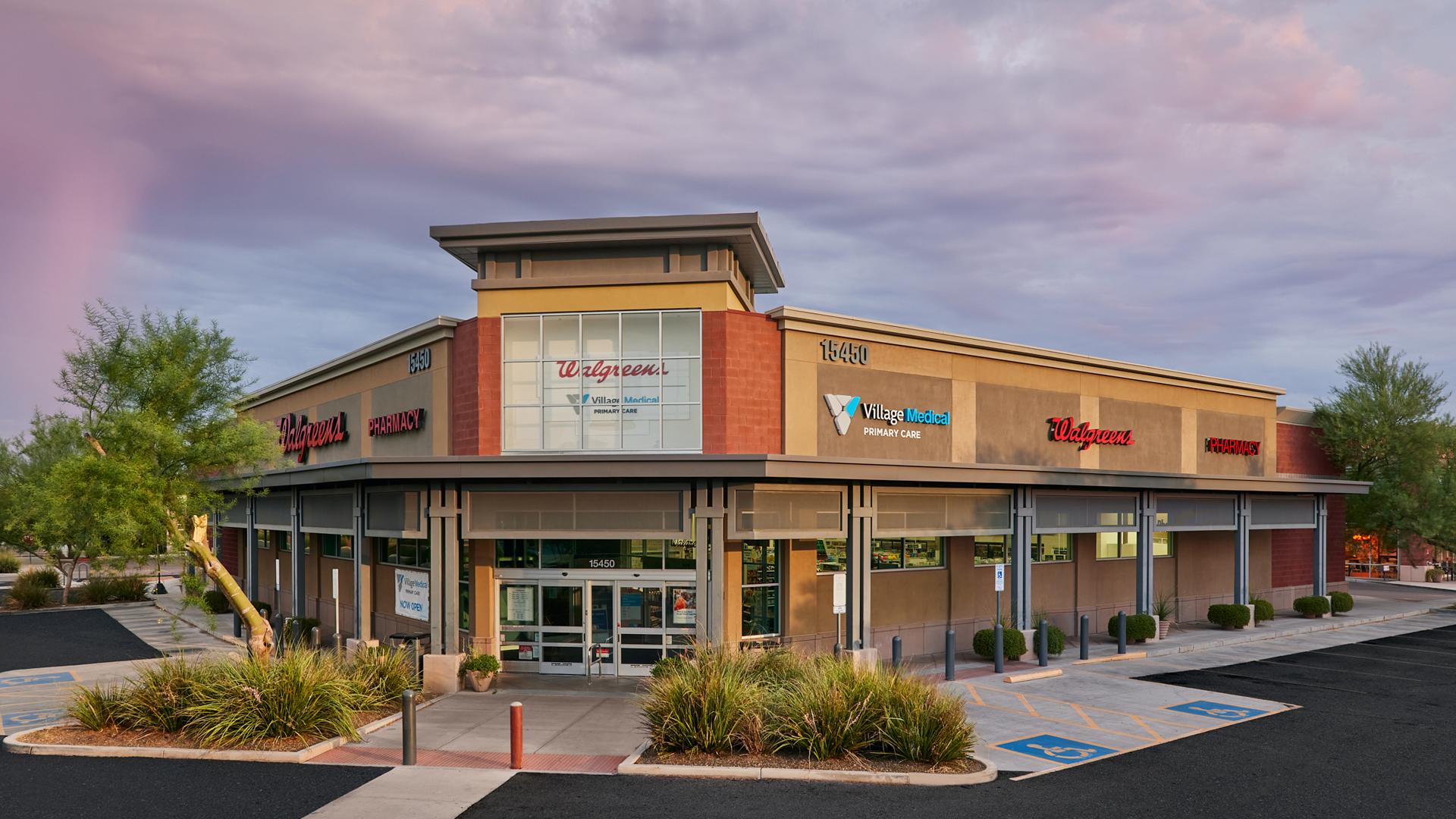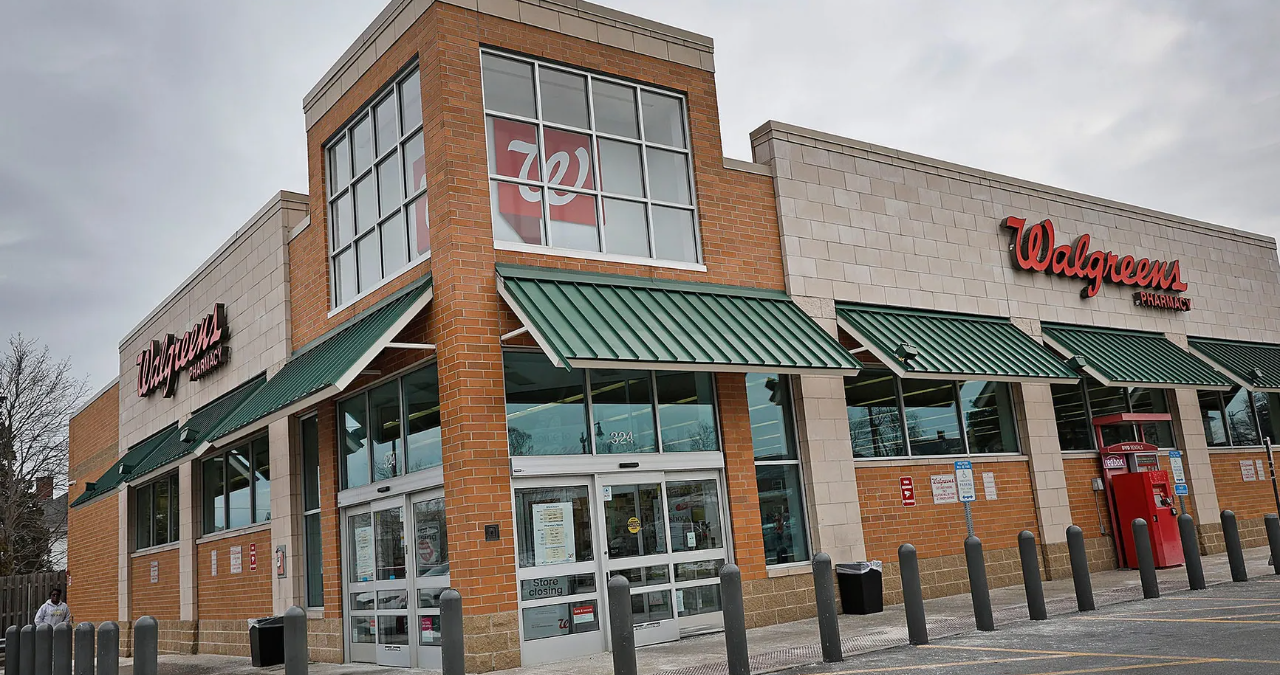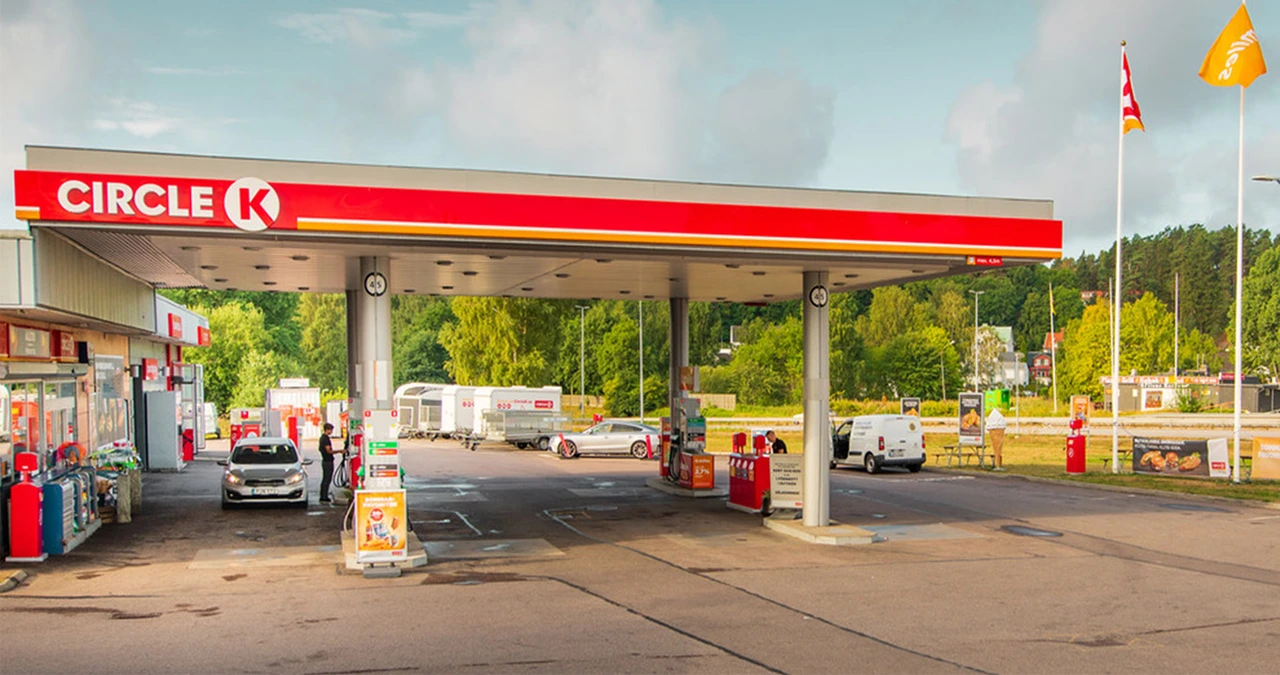Walgreens is closing stores across the U.S., but why? Learn the real reasons behind these closures, their impact, and what the future holds for one of America’s biggest pharmacy chains.
As news continues to break about Walgreens closing stores, many people across the country are left asking one big question: Why? Once a staple of American convenience and healthcare, Walgreens has begun shuttering hundreds of its locations. This has left both loyal customers and employees anxious about what this means for the future of the company, local communities, and the retail pharmacy industry as a whole. In this article, we’ll explore the reasons behind these closures, their impacts, and what lies ahead for Walgreens.
The Bigger Picture Behind Walgreens Closing Stores
It’s easy to jump to conclusions when hearing that a major company like Walgreens is shutting down stores. But there’s usually more going on behind the scenes than just “bad business.” Several factors are at play, ranging from changes in consumer behavior to shifts in corporate strategy and even global economic trends. Walgreens is not the first big name to take this route, and it likely won’t be the last.
Retail pharmacy has changed. We live in an age where consumers prefer speed and convenience, often choosing online shopping or mobile delivery over visiting brick-and-mortar locations. Walgreens, despite its vast network, has struggled to keep pace with this evolution. The closures reflect a pivot in strategy rather than a total collapse. Instead of maintaining underperforming or redundant stores, the company is looking to streamline operations.
Financial pressures have also forced Walgreens to rethink its model. Rising operational costs, inflation, and changes in insurance reimbursements have put added strain on retail pharmacies. The healthcare sector isn’t immune to economic turbulence, and Walgreens is feeling the squeeze.
Financial Woes and Economic Pressures
Walgreens has been grappling with serious financial headwinds. From supply chain disruptions to falling foot traffic, the company has had to make some tough decisions. And when you’re managing thousands of locations, cutting just a fraction can mean huge savings.
But cost-cutting isn’t just about short-term survival. It’s also about long-term sustainability. Walgreens is looking to reposition itself in a rapidly changing market. That means reducing physical locations in favor of expanding services like home delivery, drive-thru prescriptions, and online consultations. So while store closures may look like a retreat, they can actually be a tactical move toward a new future.
A look at recent financial reports shows Walgreens’ profits have been hit hard. Declining sales in certain locations, increasing theft, and regulatory changes have all impacted the bottom line. Closing stores allows the company to redirect resources toward more profitable ventures and tech-driven innovations.
Shifting Customer Behavior and Digital Transformation
Consumer expectations have shifted dramatically over the last few years. People now demand quick, seamless experiences, often preferring digital solutions over traditional methods. Walgreens, like many other retailers, has been playing catch-up in this space.
More customers are refilling prescriptions online or using apps for healthcare advice. With services like Amazon Pharmacy and CVS upping their digital game, Walgreens is under pressure to modernize. Store closures help cut overhead and free up capital for investment in technology.
This shift doesn’t necessarily mean the end of retail pharmacies. Instead, it’s more about evolution. Walgreens is investing heavily in e-commerce, virtual healthcare, and smart technology to keep up with modern-day demands. The focus is on improving the customer experience—even if that means fewer physical stores.
Impact on Employees and Local Communities
Of course, Walgreens closing stores isn’t just a corporate or financial decision. There’s a very real human cost. Thousands of employees are being affected, many of whom have dedicated years to the company. Losing a job is never easy, especially when it’s sudden or unexpected.
Walgreens has stated that it will try to relocate affected employees to nearby stores or other roles within the organization. But that’s not always possible, particularly in rural or underserved areas. The closures can have a ripple effect in small towns where Walgreens may have been one of the few pharmacy options.
Then there are the customers—many of whom rely on Walgreens not just for prescriptions, but also for daily essentials, vaccinations, and health consultations. The disappearance of local stores creates inconvenience and accessibility issues, especially for seniors and those without easy transportation.
Competitive Landscape: CVS, Amazon, and More
Let’s not ignore the competition. Walgreens is fighting battles on multiple fronts. CVS has aggressively expanded its health services and retail offerings. Amazon has entered the pharmacy space with deep pockets and cutting-edge logistics. These companies are reshaping the rules of the game.
Walgreens is under immense pressure to stay relevant. Competing on price alone isn’t enough. That’s why the company is focusing more on healthcare services, telehealth, and partnerships with health systems. But to invest in these areas, sacrifices need to be made. Hence, the store closures.
This isn’t just about cutting losses; it’s about repositioning. Walgreens aims to transform itself into a health-focused company rather than just a retail pharmacy chain. Think of it as a rebranding of sorts—one that aligns with how consumers interact with healthcare today.
Walgreens Store Closures and Urban vs. Rural Divide
One interesting aspect of Walgreens closing stores is where it’s happening. Many closures are hitting urban areas where there is high store density, meaning multiple Walgreens within close proximity. These markets can better absorb the loss.
But in rural or underserved communities, even a single closure can have outsized impacts. Access to healthcare is already limited in many of these areas. When a Walgreens shuts its doors, residents may have to drive for miles just to fill a prescription.
It raises questions about healthcare equity. Walgreens has said it tries to evaluate each location carefully, but critics argue that closures can disproportionately hurt vulnerable populations. It’s a delicate balancing act between financial viability and social responsibility.
Health and Wellness Strategy: A New Focus for Walgreens

With fewer physical stores, Walgreens is putting more energy into its health and wellness strategy. This includes things like in-store clinics, partnerships with primary care providers, and investments in preventive care services.
It’s no longer just about prescriptions and over-the-counter meds. Walgreens wants to be a destination for holistic healthcare. That’s why it’s building relationships with providers and offering more in terms of diagnostics, lab tests, and chronic disease management.
The closures allow Walgreens to focus on quality rather than quantity. By concentrating on high-performing stores and integrated health services, the company hopes to offer a better overall experience for customers.
Walgreens and Real Estate Strategy
Believe it or not, real estate plays a big role in all of this. Many Walgreens stores are located on high-value property. Selling or leasing these locations can generate significant revenue.
In some cases, Walgreens owns the property. In others, it leases from third parties. Either way, consolidating locations can reduce long-term liabilities and boost liquidity. This isn’t just a cost-cutting strategy—it’s also about unlocking value.
With fewer stores, Walgreens can invest more in flagship locations or redesign existing stores to offer better services. That could mean adding drive-thru lanes, upgrading pharmacy tech, or enhancing accessibility for people with disabilities.
Public Perception and Brand Trust
Whenever a major brand closes locations, it risks losing customer trust. Walgreens is no different. People notice when their local store disappears. They talk about it online. They vent their frustrations. And they often switch to competitors.
Walgreens must manage this carefully. Transparency and communication are key. So far, the company has tried to frame the closures as a move toward innovation, not decline. But it needs to do more to assure customers that it remains committed to their healthcare needs.
Brand loyalty takes years to build and seconds to break. Walgreens must invest not only in technology and services but also in community relationships. That’s how it can turn this narrative around.
What the Future Holds for Walgreens
So what does the future look like for Walgreens? The company isn’t disappearing. It’s evolving. And that’s an important distinction. Store closures are a symptom of deeper changes in the healthcare and retail landscape.
Expect more digital integration, smarter services, and partnerships with health systems. Walgreens wants to be a healthcare destination—online and offline. The fewer stores that remain may be more advanced, more convenient, and more aligned with what today’s consumers actually need.
There will likely be more closures in the short term. But they are part of a larger plan to reimagine what Walgreens can be. If the company can adapt quickly and effectively, it may well come out stronger on the other side.
Frequently Asked Questions (FAQs)
Why is Walgreens closing so many stores?
Walgreens is closing stores due to financial challenges, shifting consumer habits, and a strategic pivot toward digital and healthcare services. It’s part of a broader plan to modernize the company.
How many Walgreens stores are closing?
While numbers vary by announcement, Walgreens has confirmed closures in the hundreds across the U.S. The exact count changes as the company continues its restructuring.
Will my local Walgreens close?
There’s no guarantee, but closures are based on store performance and proximity to other locations. Urban areas with many stores nearby are more likely to see changes.
What will happen to the employees?
Walgreens says it will try to relocate employees to other stores or positions. However, not all employees will have that option, especially in rural regions.
Is Walgreens going out of business?
No, Walgreens is not going out of business. It’s closing underperforming stores as part of a larger transformation toward a more digitally integrated and healthcare-focused business.
How will these closures affect customers?
Some customers may have to travel farther for prescriptions and services. However, Walgreens is expanding online services, delivery, and telehealth to help bridge the gap.
Are other pharmacy chains also closing stores?
Yes, other chains like CVS and Rite Aid have also closed stores in recent years, due to similar market shifts and economic challenges.
What new services is Walgreens focusing on?
Walgreens is investing in telehealth, home delivery, in-store health clinics, and partnerships with medical providers. The goal is to become a one-stop destination for healthcare.
Conclusion: A New Chapter for Walgreens
While the headlines about Walgreens closing stores may sound dire, they’re part of a much larger transformation. Walgreens is not fading away—it’s reinventing itself for a digital, healthcare-driven future. These closures may be painful in the short term, especially for employees and communities, but they signal a strategic shift toward smarter growth and innovation. Only time will tell how successfully Walgreens navigates this change, but one thing is clear: the company is adapting, not disappearing.




